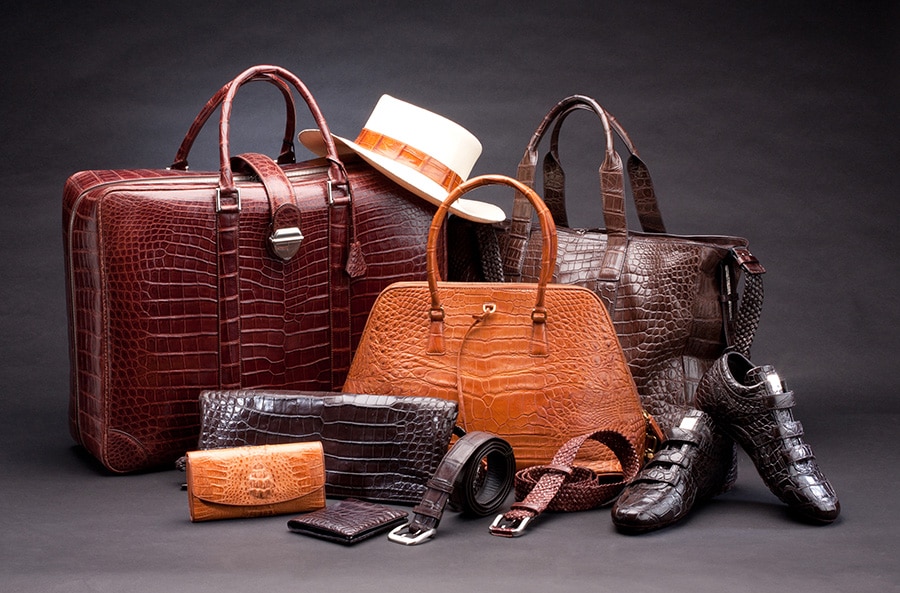French luxury goods enjoy a good place on the global market. With flagship brands such as Kering and LVMH, which enjoy billions of dollars of business revenue internationally, France is a leader in the sector. But in order to hope to make waves on the foreign luxury market, its better to be prudent and adopt the best practices before launching your luxury product internationally! Here a 3 tips to follow to help ensure your success.
1. Determine the key countries
It isn’t enough to rest on the laurels of the French luxury industry on the global market to ensure that your high-end collections will be crowned with success!
For more information: would you like to know more about the success of French luxury goods internationally? Read our article all about the subject!
In order to successfully develop a French luxury product internationally, it’s better to bet on the quality of the targeted countries in terms of sales opportunities, rather than simply on quantity!
Carry out market studies before launching your luxury product internationally
Concentrate your efforts (time, money, energy, etc.) on one or two key countries. It’s pointless to over diversify your target markets if local consumers either are not interested in your high-end products, or don’t have the purchasing power to buy them!
In order to refine your analyses of the market potential of luxury products throughout the world, carry out a market study. This means:
- Learn about the consumption habits, distribution, and cultural and social context in the target countries.
- Determine if your French product responds to any expectations or needs. Looking to sell luxury coats in tropical climates obviously seems like a venture destined for failure!
- Identify the potential impediments to exportation. Analyse the political and economic situation of the country. What about their purchasing power? What are tariffs and customs regulations?
NB: being accompanied by a professional expert in exports (like Business France, for example) throughout your project can simplify the process of selecting the pertinent markets and finding good local partners. Find the right partner for your project!
Which countries have the highest demand for luxury products?
In the luxury industry, regardless of the specific sector (jewellery, watchmaking, fashion, etc.), China is a sure-fire market for exports! In 2018, Chinese clientele accounted for around 33% of the global market in luxury goods. And this high demand isn’t looking ready to drop off any time soon. Estimations from the Bain & Company consultation firm expects that the Chinese market will account for around 46% of luxury product purchases by 2025!
And when it comes to luxury exports, member states of the European Union have known great success, especially in France! Indeed, Paris has laid claim to its right as the world capital of luxury good and remains the reference. French business in the luxury sector are often highest placed on the podium, far ahead of the “made in China” products. Thanks to local know-how and expertise, French products enjoy an excellent reputation that extends beyond the borders of Europe! The wealthy in China seek out the gems that are French luxury goods: Louis Vuitton, Hermès, and Chanel are among their preferred brands.
Did you know? In January 2019, Bruno Le Maire, Minister of the Economy and Finances, rejoiced following the signature of a strategic contract for a French luxury and fashion subsidiary, proclaiming: “France may not have GAFA, but it has giants in the world of Luxury!”
This should be taken into account if you’d like to break into markets on the global stage.
But don’t forget about emerging markets! For example, Vietnam, Indonesia, India and Brazil seem to offer new clientele for high-end products. While the countries may suffer from great wealth disparities, the most well off won’t hesitate to put a price to their comfort with luxury brands. This is all the more true for the younger generation that have often completed their studies abroad. When they return back to their countries, it is often with a westernised consumption habits and a taste for luxury.
2. Identify your target audience
Contrary to what we may believe, the principal consumers of luxury goods have neither white hair nor wrinkles!
Indeed, it is the younger generation who are breathing life into the luxury sector, more specifically the Millenials, that is to say, generation Y, young people between 18 and 35 years of age. But the French luxury industry must also think about the next generation (generation Z)! They represent the consumers of tomorrow, always more connected, volatile and avid for a good user experience and a personalised luxury offering. According to the 17th edition of the annual study carried out by Bain & Co in 2018, these two generations account for 100% of the growth in the luxury market that year. Expectations are that by 2025, they will represent 55% of the all luxury product consumers!
It is thus absolutely crucial to take into account the youth of the target market. In order to successfully export French luxury goods, think to:
- Keep your style current with the cultural habits of each targeted country. Your collection should opt of innovative materials, offer innovative technology and create a strong identity, elements that are very sought after by young consumers.
- Adopt the methods of communication and consummation that are in-line with your new audience. Your marketing strategy must be digital: take your chance on social networks! Have a strong presence on this communication channel that nearly all youths now use. Create multilingual online sales sites in order to capture young foreign consumers who won’t always be willing to visit your store in person.
Knowing your target demographic well (age, habits, etc.) will allow you to deliver the right message, on the right channel, in order to inspire them to purchase your luxury products. However, it is still important to also know about the cultural practices and the language of the country to avoid any blunders!
3. Adopt targeted multilingual communication
In order to ensure a successful luxury product launch internationally, your business cannot skip translation!
The message you transmit and your target client must be at the heart of your preoccupations in order for your offering of luxury products/services to be well received in the target country and seduce your foreign clientele.
The quality of the multilingual communication you offer must be on par with the luxury products you export! Your brand image is crucially important for the luxury sector. Your brand identity must not be distorted across countries, even as your message is adapted for each culture.
Opt for the localisation, or even transcreation, of all your content. It isn’t always enough to translate or transpose textual elements to a target language while taking into account specific terminological rules. Sometimes, it is necessary to completely rework the slogan, concept, or name of the luxury product in order for the translated message to be pertinent, coherent, and adapted to the cultural specificities of the target foreign clientele. In order to reach this objective, the translator must master the linguistic and cultural subtleties of the targeted country, but also have professional experience with the luxury sector.
Adopt these translation best practices for:
- digital content. Offer the best user experience with a complete translation of all your website’s content, visible or not (SEO meta tags, URL, quotes, Call to Action buttons, etc.). There are few things more aggravating for a foreign user than finding an online page with certain elements left in the source language!
- marketing documents.
Did you know? While French luxury products are one of the biggest winners in export markets, the wines and spirits produced in France have slid into 2nd place on the international podium. The export of alcoholic drinks to the USA have been a complete success, for example, as you can read in our article dedicated to the subject.
Even while the French luxury industry has seen success on the global market, its important that you take precautions before launching your high-end products on foreign markets. Target key countries, identify your target demographic – generally younger consumers – and adapt your mulitlingual communication with targeted translations that are of a quality with the luxury products you create.







